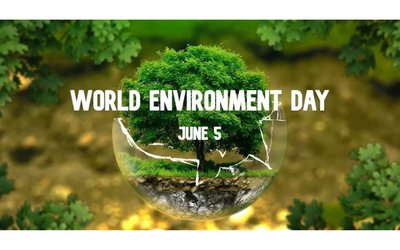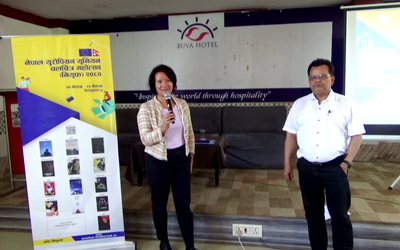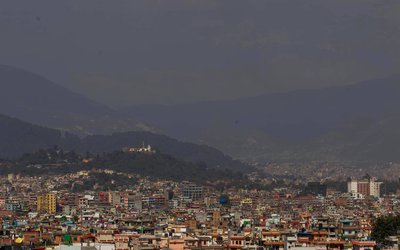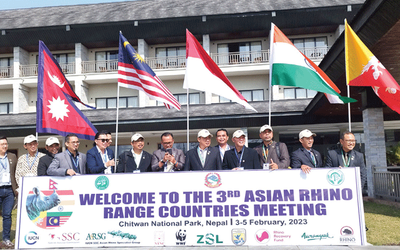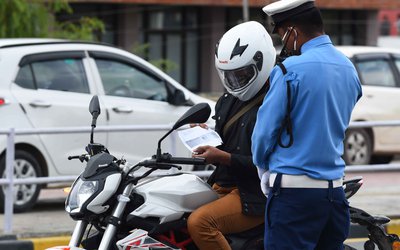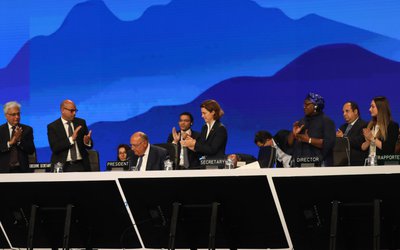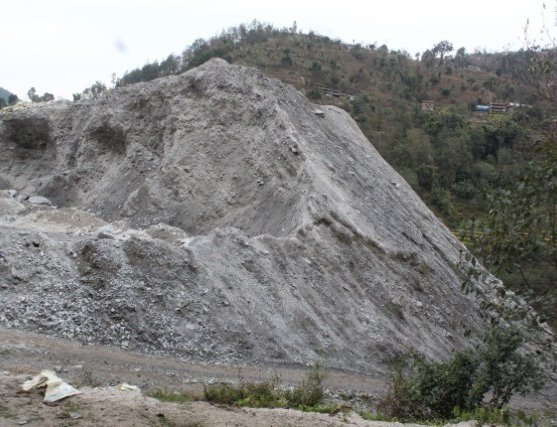
Fortnight ago, Minister for Water Supply inspected the successful test of diversion of water from Melamchi River to a 1 km long tunnel at Ambathan adit. Completion of tunnel works will follow similar tests separately from head-work to Gyanthung adit, to Sindu adit and to Sundarijal. The Government has re-committed through its White Paper to supply water from Melamchi River to Kathmandu Valley by mid-July 2020 and will be hopefully met. People are eagerly waiting for Melamchi water to meet the unmet demand for drinking purposes.
The Government established Melamchi Water Supply Limited in 1995 and Melamchi Water Supply Development Board (MWSDB) in 1998 to carry out the construction work. After the completion of the project, the Kathmandu Valley Water Supply Ltd. will be engaged in supplying drinking water in the Valley through its distribution networks. The project construction started in 2001 after a loan agreement with the Asian Development Bank (ADB) and planned to complete by 2006. The project completion date was scheduled for 2010 and rescheduled to September 2013, September 2016 and mid-July 2020 based on progress in tunnel and head-work constructions. The project team made a 'break-through of tunnel construction' on 26 December 2018 and completed a water treatment plant (WTP) at Sundarijal to treat 8.5 million liters at its first phase. Another WTP of similar capacity will be completed soon. The head-work construction will be completed by December 2020 as per the contract between MWSDB and Sinohydro Corporation Ltd. China.
The 1992 study identified Melamchi, Yangri and Larke as potential water sources, outside Kathmandu Valley, to utilize 510 million liters of water per day (MLD) and meet the long-term water demand of the Valley. At its first phase, 170 million liters will be diverted from Melamchi River, an equal volume of water from the Yangri River in the second phase, and from Larke Khola in the third phase.
Under the Melamchi diversion scheme, headwork construction will be completed by 2020. A 26.5km long tunnel and 42 km access roads from Melamchi Bazar to headwork and adits have been constructed and 27 km long road has been improved, including completion of a WTP with 8.5 MLD capacities. These structures are essential to bringing water from Ribarma (headwork) to WTP at Sundarijal.
The project has supported financially to Hyolmo-Sindhu-Melamchi Valley Social Upliftment Programme (SUP) Implementation Committee to implement SUP activities. The SUP supports to implement activities related to infrastructure development, education, health, and income-generation. The Project provides funding to SUP Committee. Based on the 2012 White Paper, 106,000 people are directly benefited from the project. The 2020 White Paper informs that nearly NRs. 95 crore is provided for SUP activities during the last decade. The SUP has been supporting to implement activities related to infrastructure development, education, health, and income-generation. The Project has been providing funding to the SUP Committee.
In 2001, the project planned to invest US$ 464 million (including US$ 118 million of the Government of Nepal). After restructuring the project in 2008, the initial cost was estimated at US$ 249.4 million and it reached US$ 312.9 million in 2015 with US$ 63.5 million additional costs for head-work, tunnel and WTP construction. The project has spent over 70 percent in construction works and 19 percent in consulting works. Only 0.7 percent (Rs.18 crore and 61 laks) of the total expenditure is spent on environmental activities. Maintenance of road and irrigation schemes, river training works, landslide control, and management of muck soils are considered environmental activities.
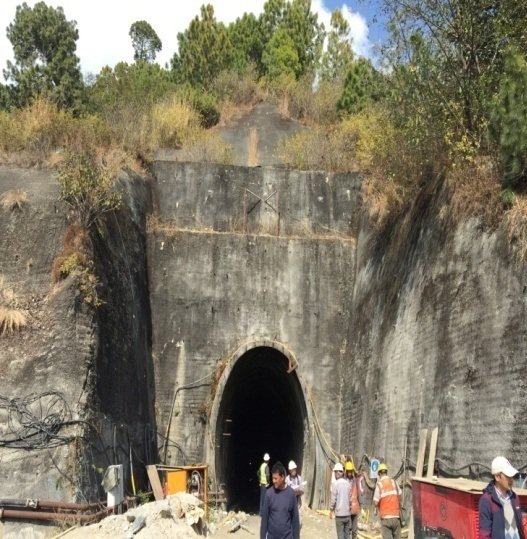
The EIA report outlines beneficial impacts such as employment generation and social & economic development in the project affected areas. The EIA report and its EMP include a number of adverse impacts related, inter alia, to the quantity of tunnel muck disposal, health, safety and sanitation, destabilization of hill slopes, cutting of trees, erosion & landslides, and land & property acquisition with corresponding mitigation measures for project construction period. Impacts of water diversion on irrigation, water mills and fish farming were evaluated significant and mitigation measures were proposed for the project operational stage. An Environment Management Plan (EMP) was prepared to ensure the implementation of mitigation measures, monitoring and auditing requirements. Provisions for EMP implementation are included in the contract agreement with Sinohydro Corporation Ltd. Auditing is expected to be conducted after the Project distributes water in the Valley.
In March 2020, the NEFEJ organized a field visit and hosted separate consultations with project engineers and officials, workers, local leaders and people confirmed that occupational health and safety (safety first approach) in tunnel works is ensured. Compensation for land and property, employment for Nepali and non-use of firewood for cooking in workers camp has been effectively complied with. Waste management and slope stabilization can be considered satisfactory for the construction stage. Personal protective equipment (PPEs) for workers, working in poor air quality, and high noise level, are provided.
Workers face difficulties due to poor air circulation in tunnel finishing works due to lack of 'vent shafts'. Inadequate oxygen in tunnel work was resolved through fans. Muck disposal sites are yet to be stabilized. Implementation of EMP was realized and started at the initial stage of the project with a focus on measurement of river flow, water quality test, nursery establishment and sapling distribution for plantation but it is discontinued. Several provisions as contained in the agreement with the contractor are 'grossly' overlooked.
The Melamchi Project has offered economic and social benefits to local people without 'clearly defining' project-affected areas. The project has enhanced skill and understanding, particularly on occupational health and safety. Most importantly, major accidents did not occur in this project during tunnel construction. Continued financial support for demand-based infrastructures and socio-economic activities has made the local people 'dependent' on Project.
Water diversion may increase water temperature and adversely impact on trout fish and production of water demanding/consuming crops. Project beneficiaries flag possible adverse impacts on irrigation schemes, water mills, fish production and livelihoods of fishermen, and drinking water shortage as its source has been diverted to tunnel and water is now released from adits. Mayor of Melamchi Municipality presses for 'levy' from the Government so that local government can continue socio-economic development activities and improve livelihoods of the local people.
Mitigation measures as proposed in EMP are partially complied with and effectiveness on the physical and biological environments is unknown. Environmental monitoring is not at the place, and environmental reporting is continued using previous initiatives. Big boulders, maybe from a landslide in intake indicate non-coordinated development initiatives in the project area.
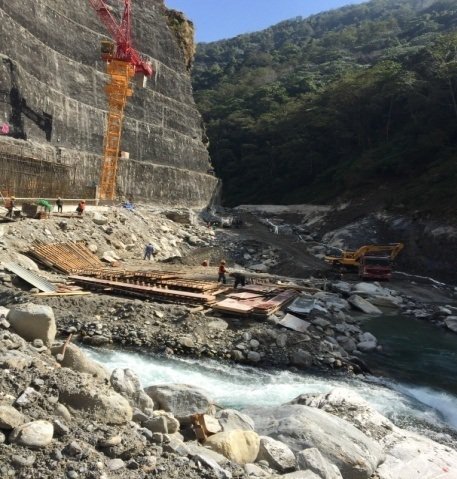
The white papers are silent on EMP implementation. The annual progress report (F.Y. 2075/76), released in Magh 2076, includes old information on environmental programs such as water quality analysis, fish type, riverbank cutting and landslide control, plantation, water source protection and irrigation, including the establishment of the environmental laboratory in Project site office in Melamchi. The EMP (August 2000) sufficiently outlines responsible parties for EMP implementation, including environmental monitoring. The EMP organization chart makes Environment, Resettlement and Social Development Division (ERSDD) and its Environmental Management and Monitoring Unit responsible for EMP implementation. However, the approved organization of the MSWDB for FY 2076/77 neither includes the environmental unit nor manpower (environment officer) for EMP implementation.
The semi-annual Social Monitoring Report (January 2018) mentions the involvement of Environment Officer/Engineer till May 2014 and Environment Assistant until December 2016. There is still a provision for Environment Officer but it is vacant. The Report mentions the termination of specific inputs. Water samples were collected and analyzed for December 2017. River discharge was measured and compared with 2012 baseline data and showed a slight decline in discharge. It also outlines responses on actions indicated by ADB mission for the environment and safeguards works which are related to conducting environmental flow analysis, monitoring water flow and specific mitigation measures such as erosion-prone areas, suitable technical designs and best construction practices, spoil and sediment management and drainage controls, high sediment levels in water bodies, landslide protection measures, fish monitoring protocol and biodiversity, etc. Specific works were not carried out due to the absence of an Environmental Engineer. The report also documents on third party monitoring.
Taking into consideration the state of implementation of environmental requirements in the Melamchi water diversion scheme, it is difficult to justify the need for EIA report and EMP if not implemented. In the later part of the construction stage, the importance of legally approved EIA report is dubious. Environmental reporting in the progress report includes a few 'backdate' information. Non-compliance to legal document undermines the role of national institutions and funding-agencies in making the water supply project environment-friendly and sustainable.
This article uses data and information on its approved EIA report, EMP, Project progress report and White Papers including field observation in the NEFEJ commissioned study in March 2020. E-mail: upretybk@gmail.com

Batu Uprety
Former Joint-Secretary and Chief of Climate Change Management Division, Ministry of Environment (then), and former Team Leader, National Adaptation Plan (NAP) formulation process. E-mail: upretybk@gmail.com
- Dialogue On Mountains And Climate Change Planned
- Apr 19, 2024
- Institutional Response And Leadership on Climate Negotiations
- Mar 28, 2024
- The Wire Without A Current
- Mar 20, 2024
- Call For Degazetting the Shivapuri-Nagarjun National Park
- Feb 08, 2024
- Advancing Need-Based Adaptation Options
- Jan 14, 2024

